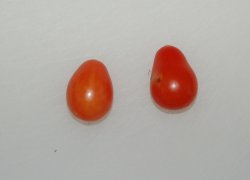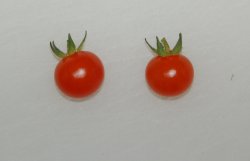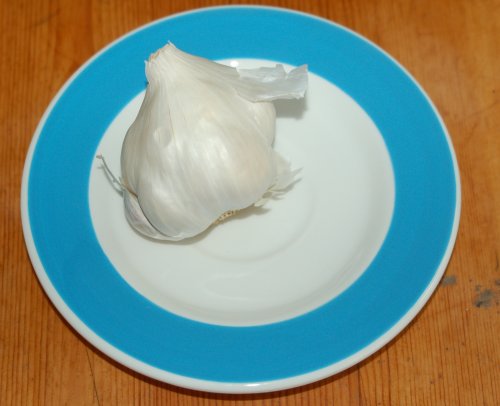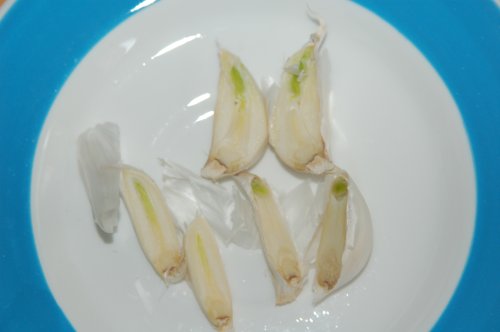Europe has one of the strictest limits for pesticide residue on fruits and vegetables. Environmentalists sometimes refer to it as the standard all countries should aspire to achieve. Many people would be surprised to know that in fact there is increasing evidence Europe has a serious problem with pesticide residues.
While this post is specific to Europe, it would not surprise me to find that most countries in the world have similar problems for similar reasons.
Combinations
Of course all pesticides go through a testing phase as part of their development, to determine their safety as well as establish safe levels of exposure to the environment, farm workers and consumers. One of the major weaknesses of this testing is combinations are never considered.
Pesticides are often classified according to the nature of their toxicity, for example you have neurotoxins, carcinogens and hormones. What happens when you combine a neurotoxin with a hormone? Two different carcinogens with a neurotoxin? This is never considered when testing pesticides, not for people or the environment.
Grapes for example are one of the most pesticide intensive crops, and 35 different pesticides are commonly used when growing them. For oranges, this number is 49.
In a test performed November 2004, Dutch consumer web site Weet Wat Je Eet (know what you’re eating) tested 30 samples of supermarket grapes and 42% of them had higher than allowed levels of detectable pesticides. They found an average of 4.3 pesticides in each sample, and a maximum of 12 in any one sample. The worst scoring supermarkets seemed to be mostly discounted German chains like PLUS. In other tests, chains Aldi and Lidl have also scored poorly on pesticide residues. To be fair, there were certainly other supermarket chains from other countries that scored poorly as well.
Testing for Residues
One of the problems is testing for these residues in the EU is at a very minimal level. Very much the ‘what we don’t know can’t hurt us’ attitude is taken.
When testing is performed, it is extremely unusual for more than one pesticide to be tested for at a time. That means if a farm uses 35 different pesticides to grow their grapes, if it is tested it will only be for one arbitrary pesticide, and if it passes this test the grapes are considered to be within EU pesticide residue limits.
The only wide spread testing I’m aware of, for multiple pesticides, is done by consumer organizations after the fruits and vegetables are on sale at the supermarket.
Centralized Processing and Distribution
It’s simply the nature of nearly all of our food that it comes from more than one source and goes through a centralized processing system somewhere. If you buy a liter of milk it doesn’t come from one cow. Farmers from many places combine the milk from all of their cows into one vat, which is then packaged for retail sale and distributed to supermarkets. The same thing is certainly true with our fruits and vegetables.
Not only does this distribution system more or less guarantee any contamination is spread through the entire system, but it makes the idea of testing for only one pesticide residue seem all that much more ridiculous. If testing for one pesticide is done on a particular farm or in a particular country, and tests for a different one are performed someplace else, after the products are combined clearly no meaningful testing has been done.
This distribution system nearly guarantees if 35 different pesticides are commonly used to grow grapes, and you buy a bottle of wine, it will almost certainly contain traces of all 35 pesticides.
Subsidies and Eastern Europe
Until recently almost no pesticides were used in the the former Soviet Block countries now in the EU. In the last few years the agricultural subsidies to these countries has increased sharply, and is apparently encouraging increased pesticide use. Tests performed on products coming from these countries show steadily increasing pesticide residues.
Another problem with subsidies is the trend in toward decreasing direct payment to farmers, but at the same time often different subsidies are available for things like pesticides. If a farmer finds him- or herself in a situation where highly discounted pesticides are available, and their use may result in even a small increase in crop yields, they may be tempted to use them much more intensively.
Certified Organic
If you really must shop at the supermarket, and think the way to address the problem of pesticides is to throw money at it, then buying certified organic products is always an option. By choosing certified organic products, you are supporting large farms at the expense of small ones. You are also not avoiding the problems of centralized processing and distribution, and since the use of ‘organic’ pesticides is often allowed you frequently don’t eliminate all of the environmental damage caused by traditional pesticides or all of the risks to your health. Certified organic food is also often among the most energy intensive food available. Organic standards are increasingly becoming watered down and less meaningful, and this trend looks set to continue. But if you must, this is a possible way to reduce your exposure to pesticides.
When you go to the store and buy certified organic products, you should think of yourself the same as a tourist from a rich country visiting a less developed one with a big pocket book. Unwilling to learn and adapt to local ways and customs, and insisting instead on spending lots of money to achieve the same standard of living you enjoy at home. By spending lots of money on certified organic foods, to avoid thinking about and becoming more connected with what you eat, you are simply cheating yourself and avoiding the experience of eating truly high quality foods. By promoting certified organic food to all of your family and friends, you doing little more than acting as a spokesperson for large agricultural interests.
What Can You Really Do?
Grow your own fruits and vegetables.
Buy locally grown products from people you trust.
Choose fruits and vegetables that aren’t usually grown with a lot of pesticides, in particular:
Avocado
Kiwi
Plums
Passion Fruit
Mango
Black Currant
Cherries
Fennel
Asparagus
Belgian Endive
Red Cabbage
Green Cabbage
Cauliflower
Mushrooms
Avoid ones that are normally high in pesticides:
Mandarins/Clementines
Lemons
Grapefruit
Oranges
Grapes
Currants
Apples
Lettuce
Hot Peppers/Bell Peppers
Endive
Stalk Celery
Contact your EU Agricultural Ministers, possibly through local organizations. If you are in Holland, follow the link above to Weet Wat Je Eet. Tell these politicians we need meaningful testing of pesticide levels, and foods that exceed them should be promptly removed from the market.
In case you thought we all lived in a democracy and your opinion mattered, think again. Apparently our European MPs don’t want the pressure of public opinion so votes on these matters are generally taken in secret. Secret parliamentary votes are undemocratic. Be sure to tell your politicians they should make their positions public so it’s clear who can be supported in future elections. Silence means they can’t be supported.






